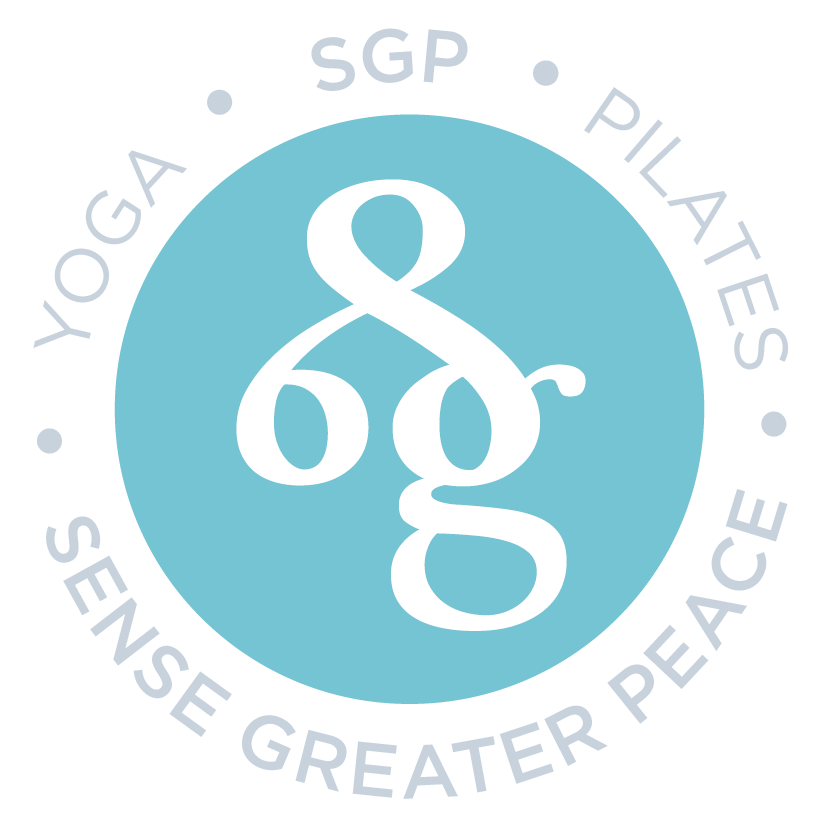Calming Practices to Sense Greater Peace
Good morning,
I hope you are well. ❤️🙏🏼
As the seasons transition and celebrations draw near, maintaining mindfulness of your inner energy is essential. In times of distress or feeling overwhelmed, centering oneself through various calming practices can swiftly restore tranquillity and equilibrium. here are some ideas that might help you find some balance in your hectic or busy lives. There is also a short restorative session to follow at the the end.
I hope you find these useful.
Calming Practices:
1. Nature Walks: Embark on a leisurely stroll, attentively observing your surroundings. If feasible, tread barefoot on the grass or beach or maybe hug a tree, connecting with nature with each step. Walk taking in all the sights, smells, colours and textures, be present to everything around you.
2. Feeling Grounded in the Office: While seated, plant your feet firmly on the ground, allowing stress to flow out of your body. Take a few mindful breaths and allow each exhale to be long and slow as you visualise the weight of your concerns exiting through your soles.
3. Comfort Stone: In times of distress, hold or tumble a small, polished stone or crystal in your pocket, allowing its’ presence to divert unsettling thoughts. Think of the quality of the stone and what it represents and how you would like to feel.
4. Cool Immersion: Take a cool shower or splash cool water on your face for instant rejuvenation. Also great for your immune system.
5. Joyful Interaction: Engage in playful moments with pets, children, friends or partners, revelling in laughter and movement.
6. Pulse Awareness: Locate your pulse and concentrate on your heart's rhythmic beats.
7. Try this 5, 4, 3, 2, 1 Technique: Pinpoint 5 visible objects, 4 tactile sensations, 3 sounds, 2 scents, and 1 flavour to alleviate anxiety.
8/ Breath Practice try one of these practices in these previous blogs Humming Bee Breath 2 types of breath to restore calm
Earthing:
8. Reconnect with Earth: Spend time outdoors with direct skin contact to natural surfaces like grass, soil, or sand. This practice, known as "earthing", is believed to harmonise your body's energy with the earth's natural frequencies, allowing for a sense of calm and balance. See Grounding Blog for a delve into more insights
Restorative Yoga
9. Incorporating restorative yoga into your routine can provide profound relaxation and rejuvenation. Here's a brief practice with three poses suitable for all levels, along with alternatives and supports.
1.. Supported Child's Pose (Balasana):
- Purpose: This pose gently stretches the back and glutes, promoting relaxation and a sense of security.
- How to Do: Kneel on the floor, then spread your knees apart while keeping your big toes touching. Extend your arms forward and rest your forehead on the mat.
- Support: Place a bolster or folded blankets between your thighs and chest to support your upper body.
- Alternative: For a gentler stretch, keep your knees together.
2. Legs-Up-The-Wall Pose (Viparita Karani):
- Purpose: This inversion aids in relieving tired legs and facilitates a calming effect on the nervous system.
- How to Do: Sit next to a wall and gently swing your legs up along the wall as you recline on your back. Keep your arms relaxed at your sides.
- Support: Place a bolster or folded blanket under your hips to elevate them slightly.
- Alternative: If a wall isn't available, rest your legs on a chair seat with knees bent at a right angle.
3. Supported Reclining Bound Angle Pose (Supta Baddha Konasana): as in photo
- Purpose: This pose opens the chest and hips, encouraging deep breathing and a sense of release.
- How to Do: Lie on your back, bringing the soles of your feet together and allowing your knees to fall outwards.
- Support: Place bolsters, cushions, or folded blankets under your knees and a small cushion or rolled towel under your head. or an inclined bolster and support under the knees, as in photo above
- Alternative: If hip opening is intense, move feet away from your pelvis to form a diamond shape.
4. Relaxation pose (savasana):
-Purpose: to feel the echoes of the practice, practising being present and still
-How to do it: Lie flat on your back, arms and legs lengthened and relaxed and palms up
- Support: you can place a head cushion under the head to support the neck, bend the legs to support the back or place a bolster under the knees to ease the back
- Alternative: If you cannot get comfortable you may choose to lie on your side or on your front.
These restorative poses, when practiced with mindful breathing, can offer a quick yet profound sense of relaxation suitable for practitioners of all levels.
Integrating these practices into your daily life can assist in navigating times of stress and ensuring a harmonious state of being. If you have found this helpful, please share and let me know and if you have any suggestions you would like to share with me, I would love to hear from you.
Stay warm,
Much love, namaste
Sue xxx

